Learn technology by stealth, invent machines to reduce costs
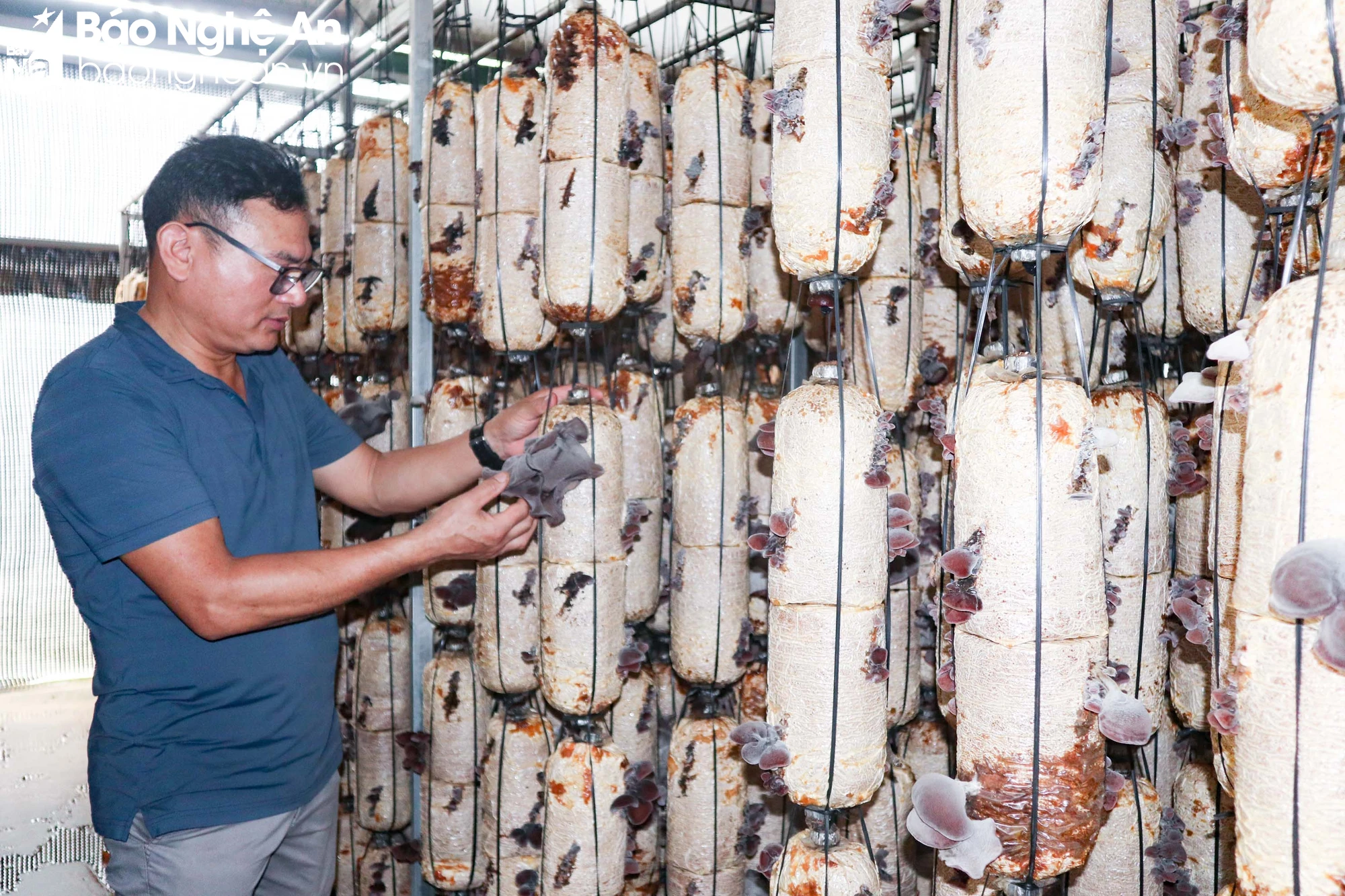
“After 10 years of working abroad, I have accumulated quite a bit of capital, but what makes me much richer is my business experience,” Nguyen Van Quang (51 years old), a parishioner in Thuong Tan Loc commune (Nam Dan) began his story with us.
Going back in time, starting in 2003, Mr. Quang went to work in Taiwan. In 2005, he returned home due to an unexpected incident. Returning home without any capital, finding a stable job with an income to "live on" was not easy. Therefore, in 2007, he continued to apply for orders and went to Korea to work. In 10 years in Korea, he worked for only one owner who grew celery and organic mushrooms.
“Over there, they grow mushrooms differently from the usual way we grow mushrooms. Most of the production steps are done by machines in cold rooms with temperatures ranging from 18-20 degrees Celsius. From there, the capacity and output are doubled compared to traditional, manual growing methods. Mushrooms are grown all year round with a variety of varieties and can reach 26-30 tons per month, 300 tons per year,” said Mr. Quang.
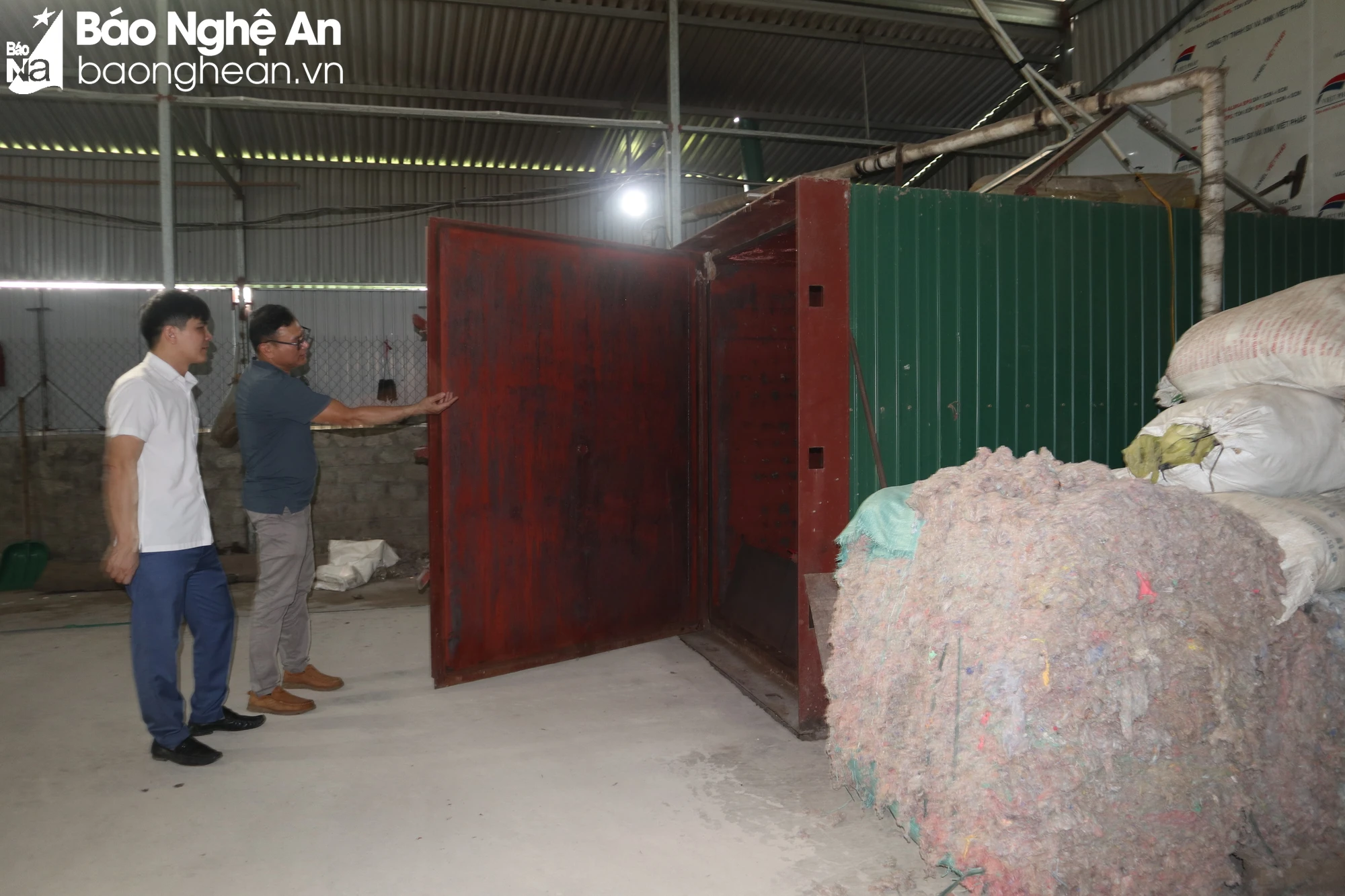
While working for a salary and saving up capital, every working day, he paid attention to all the stages and processes, trying to "steal" their mushroom growing techniques. At night, he systematized and recorded the details in a notebook. He also carefully remembered the assembly method and operating mechanism of the machines that operated the mushroom growing stages, and he sketched them in the notebook.
Returning to his hometown after 10 years of living abroad, he decided to start a business in his hometown with a clean mushroom production workshop using Korean technology. He rented land from the commune and invested nearly 3 billion VND to build a workshop and install mushroom growing racks. “There are quite a few mushroom growing models in my province. I came later, so I only have to “think new and do different things” to hope to make a profit,” Quang shared.
Accordingly, he applied his 10 years of knowledge and experience working for a mushroom factory in Korea. He drew up the drawings himself, bought spare parts to assemble the machines: raw material mixers, bagging machines and boilers. According to his calculations, thanks to self-assembly and manufacturing, he saved nearly 1 billion VND in machinery and equipment costs. And most importantly, self-assembly and manufacturing are based on the scale and capacity of the factory to save energy, labor and raw materials.
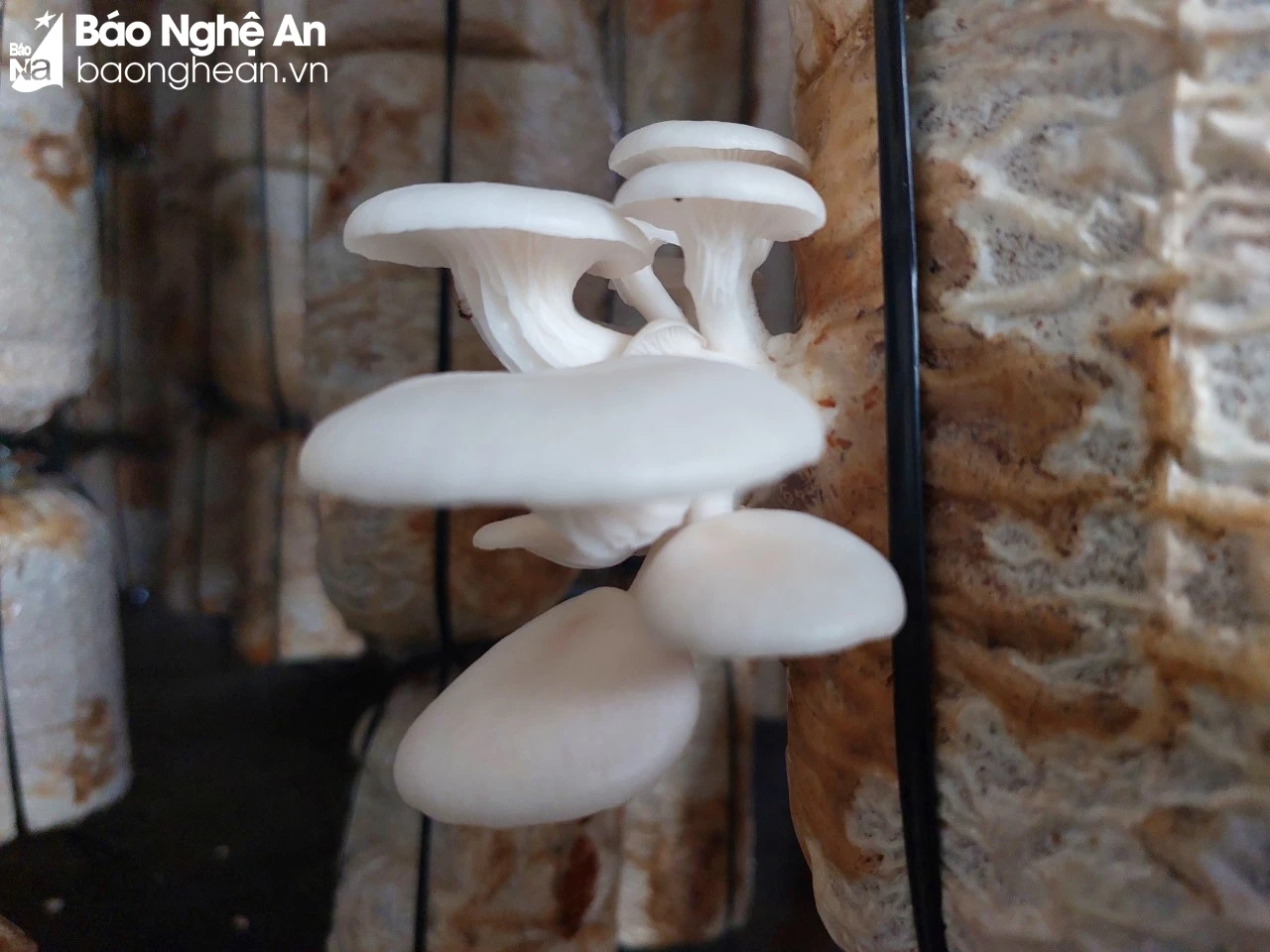
The mushroom farm is divided into 16 closed rooms, each 18m2 wide, separated by insulation panels to ensure proper temperature and humidity control. The irrigation, spraying and heat conduction systems are also invested in an automated direction. Thanks to that, the first batch of mushrooms with 15,000 bags of spawn was successful beyond expectations, giving him more motivation to expand the scale and output.
How to sell "like no other"
Currently, on average, Mr. Quang supplies the market with about 150 kg of mushrooms every day. It is not easy to consume all of these mushrooms. He shared: I am behind others, while mushrooms are not a familiar food and are not yet popularly used by many people in their daily menu. Therefore, calculating to dominate the market is also very "brain-wrenching".
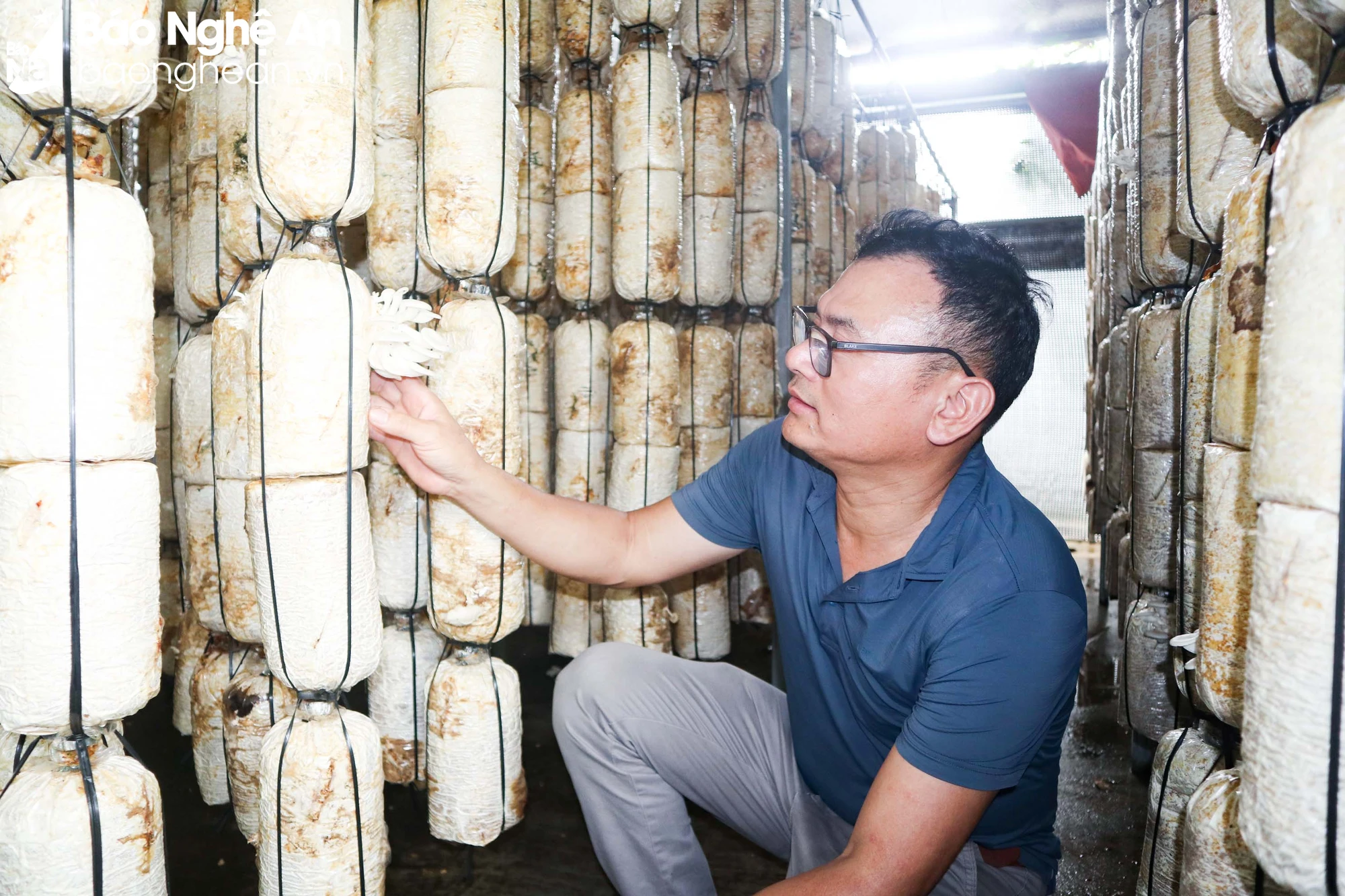
To get mushrooms to consumers at the lowest price and ensure the freshness, instead of importing through intermediaries, he personally leaves the refrigerated truck, transports mushrooms directly to customers who are restaurants, hotels, eateries, agents at the market and clean food stores.
Mr. Quang said: “For those who produce products to supply to the market, I do not sell at any price; I do not supply whatever the dealer orders. On the contrary, I always “calculate” the most accurate amount of mushrooms that the dealer can consume daily to supply.
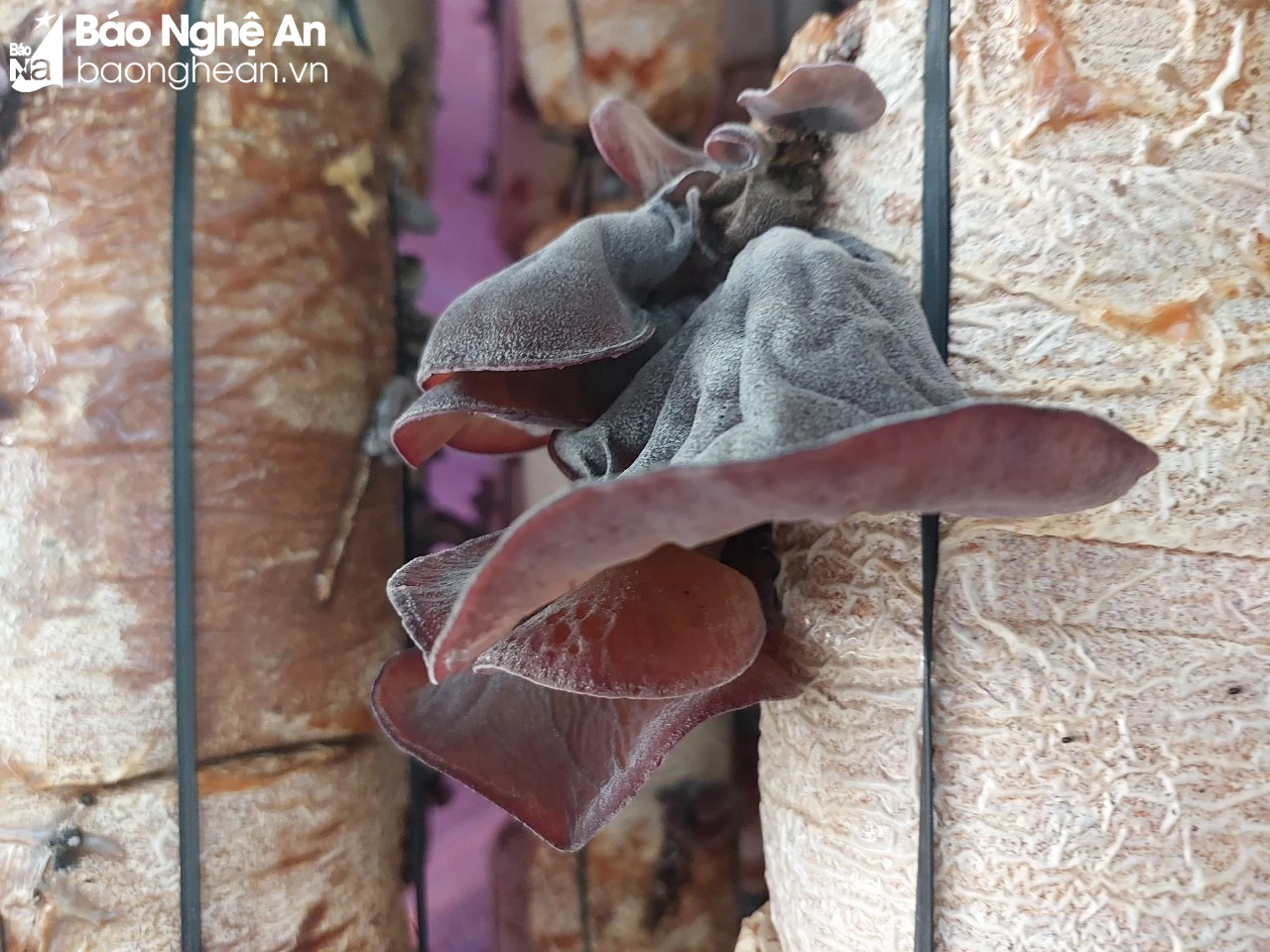
Because if we import more than we sell, the mushrooms will be left behind, affecting the quality of the mushrooms, not only causing damage to the dealer but also losing credibility with consumers, indirectly affecting the mushroom brand of the factory. In case the mushrooms are left behind and the quality is reduced, I am willing to collect and exchange them for customers even if these bags of mushrooms have to be thrown away.
In particular, in addition to dividing each mushroom growing area for harvesting and consumption in a rolling manner, Mr. Quang calculates the specific season to regulate the appropriate mushroom output. Accordingly, during the seventh lunar month, the first and fifteenth of the lunar month, the amount of mushroom consumption increases when people's demand for vegetarianism increases, so it is necessary to adjust to have a lot of mushrooms harvested at this time. When the supply of green vegetables in the market is scarce during the severe drought season or when there are prolonged storms, the demand for mushrooms also increases. Therefore, regulating and caring to ensure that mushrooms are harvested at the right time is important.

Thanks to knowing how to regulate the market and putting credibility first in business, the amount of mushrooms that Mr. Quang harvests every day, no matter how much, is still sold out, bringing in revenue of nearly half a billion VND/year, creating jobs for 4 local workers.
Towards green production
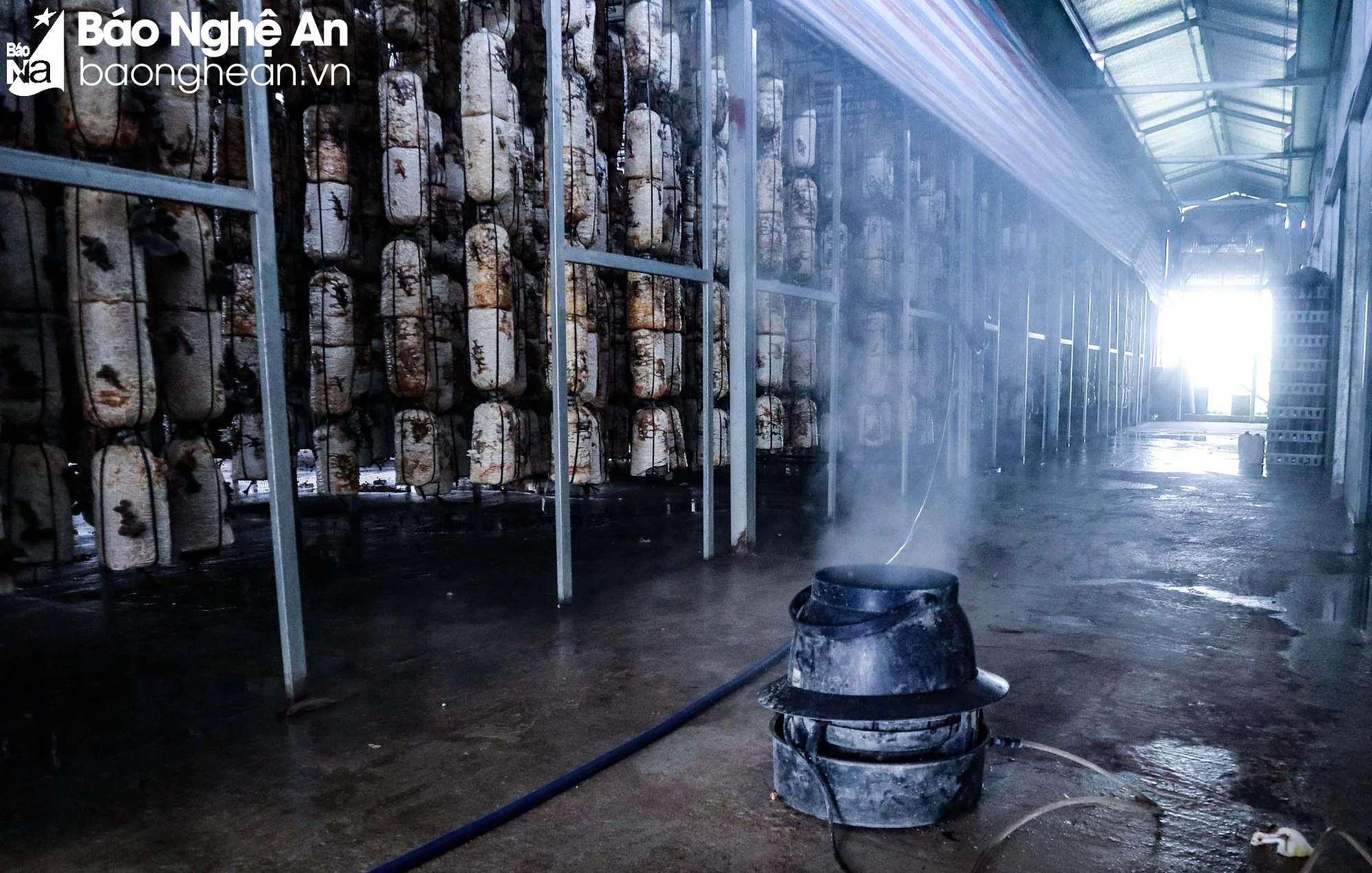
Currently, Mr. Nguyen Van Quang is experimenting with growing mushrooms in plastic jars instead of plastic bags for packaging the spawn, which can only be used once. “The initial investment cost for plastic jars is quite high, but in return, they can be reused dozens of times, while growing in plastic bags after each harvest must be discarded, which is both wasteful and harmful to the environment,” said Mr. Quang.
On the other hand, Quang also uses Khe Kep water to irrigate the mushrooms, which is clean and rich in minerals, so the mushrooms grow evenly, have beautiful colors and are of higher quality. In addition, he is also researching the combination of sawdust and corn cob powder to make mushroom spawn. If successful, it will not only take advantage of agricultural by-products but also create additional income for corn growers in the area.
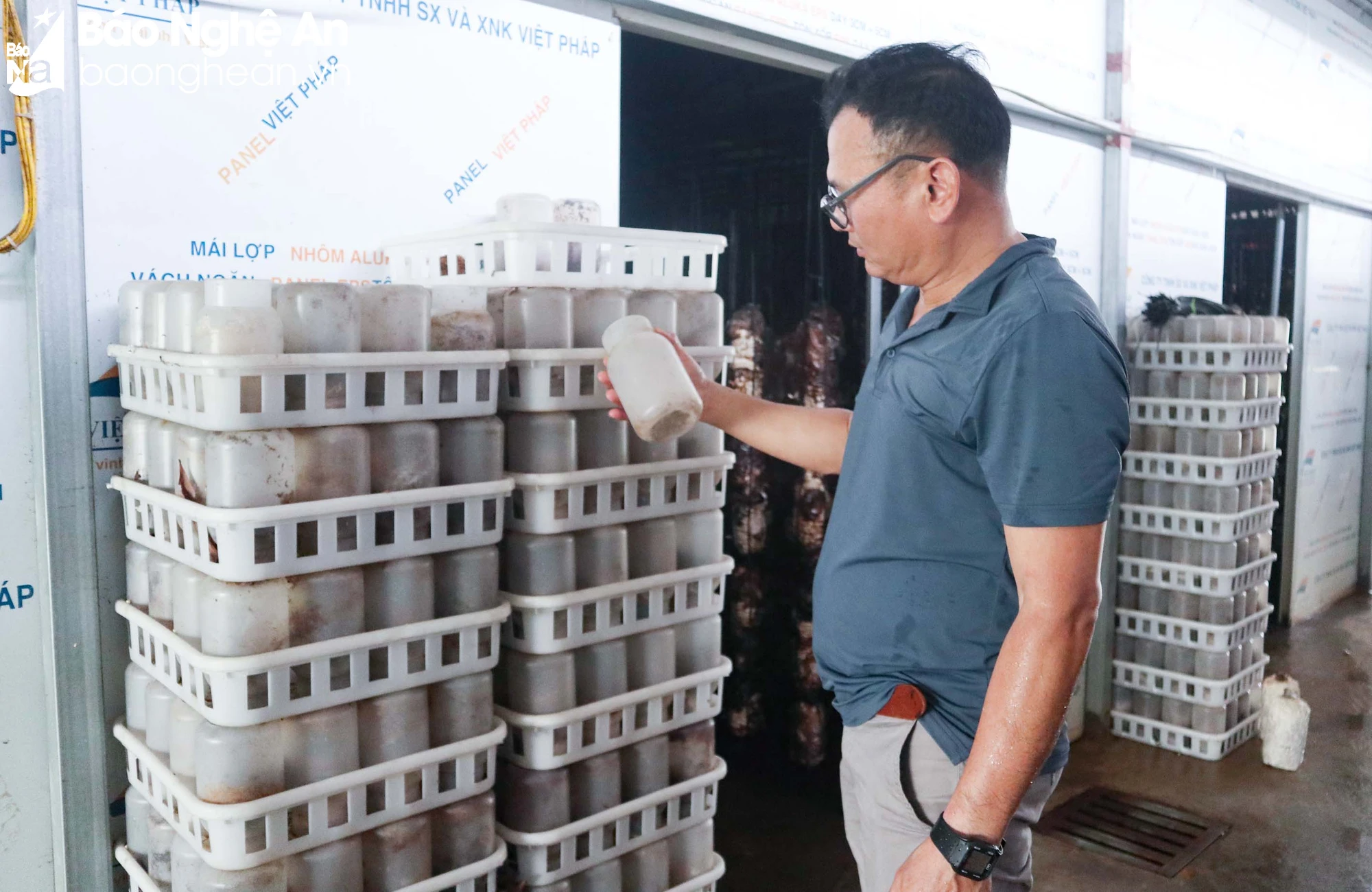
To utilize the waste of oyster mushroom spawn, after harvesting, the spawn bag is treated with lime, disinfected and mixed to continue growing wood ear mushrooms. The waste by-products from growing wood ear mushrooms are mixed to provide to local people for growing vegetables, ensuring the creation of clean agricultural products.
“Waste from mushroom cultivation can be used as food for earthworms and earthworm manure can be used as a substrate for growing mushrooms... This is a way to maximize the recovery of waste by-products, while at the same time, limiting waste that pollutes the environment,” said Mr. Quang.
Source


![[Photo] Overcoming all difficulties, speeding up construction progress of Hoa Binh Hydropower Plant Expansion Project](https://vstatic.vietnam.vn/vietnam/resource/IMAGE/2025/4/12/bff04b551e98484c84d74c8faa3526e0)


![[Photo] Closing of the 11th Conference of the 13th Central Committee of the Communist Party of Vietnam](https://vstatic.vietnam.vn/vietnam/resource/IMAGE/2025/4/12/114b57fe6e9b4814a5ddfacf6dfe5b7f)


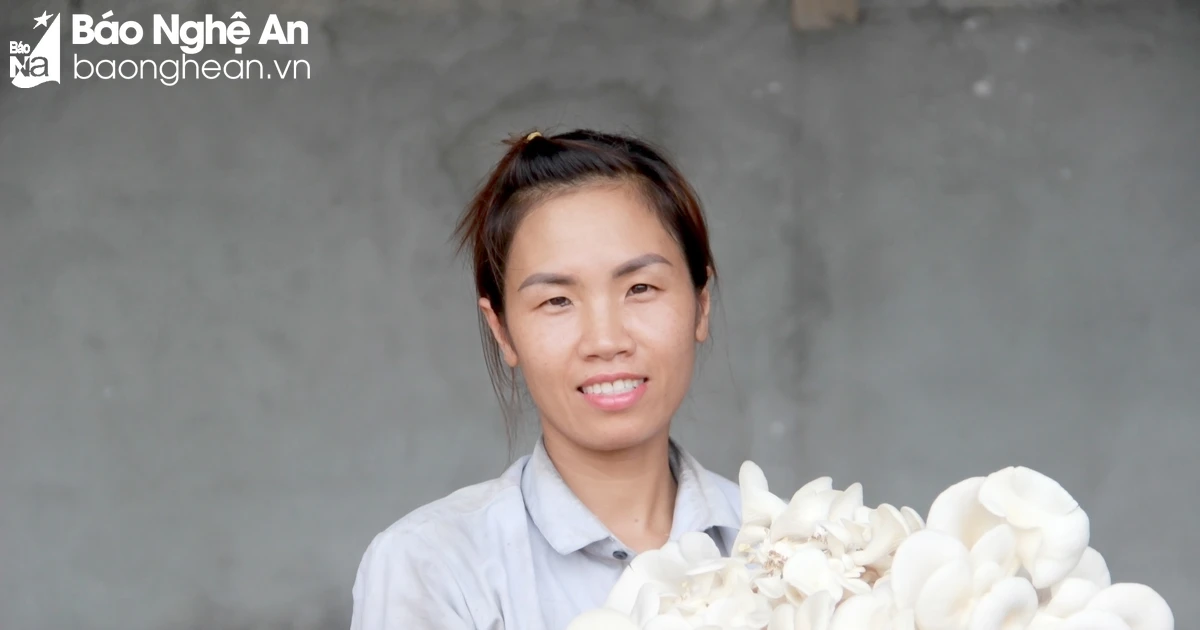
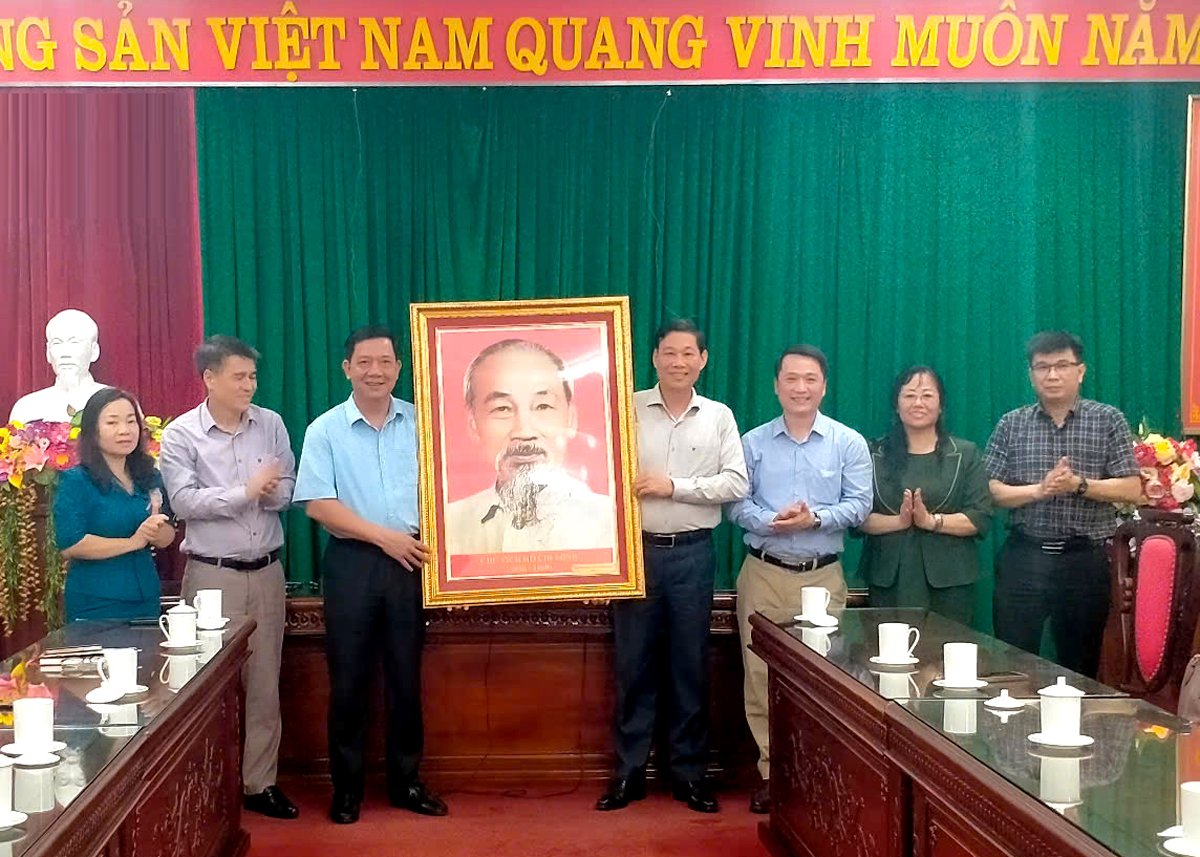



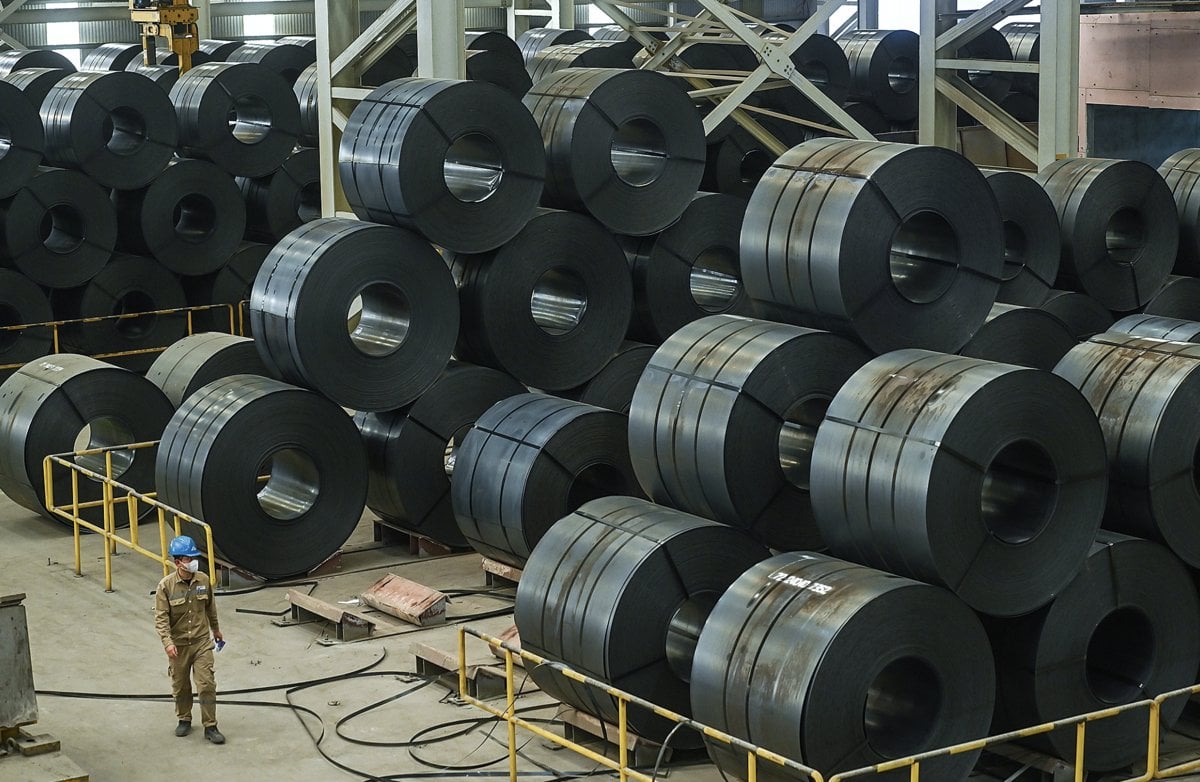
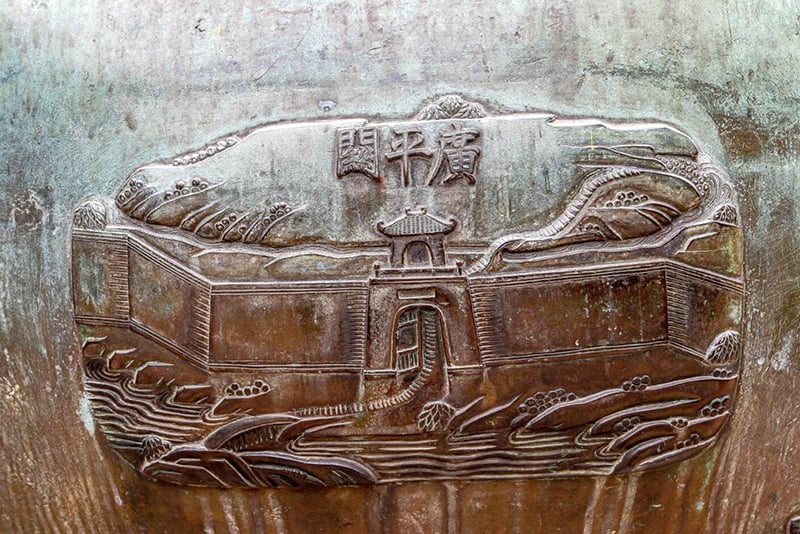



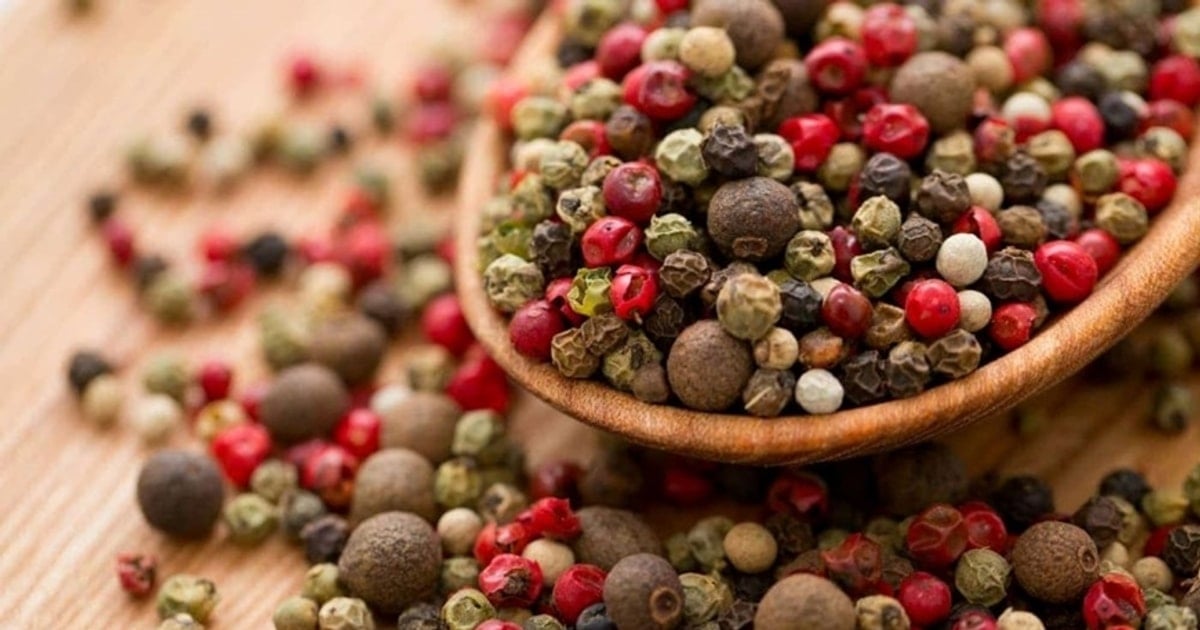
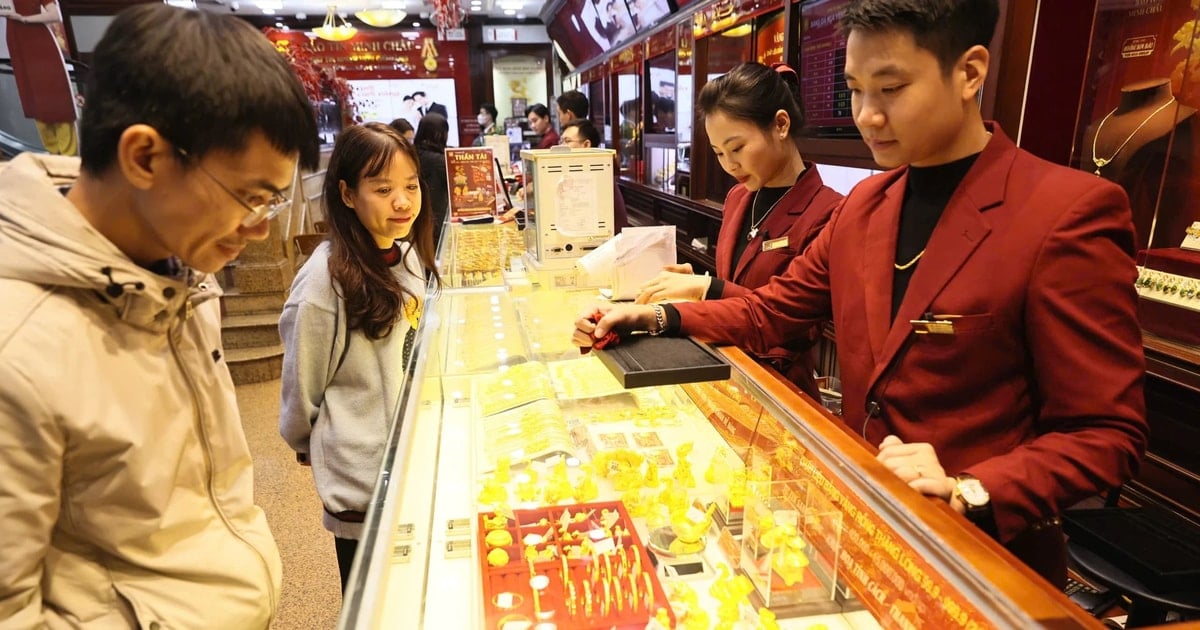
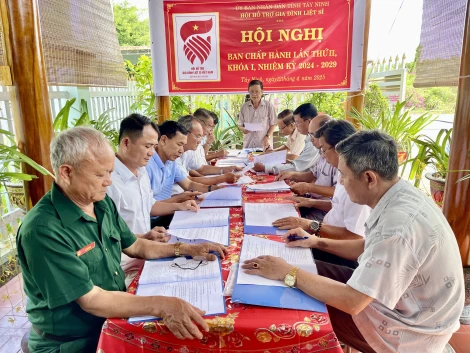
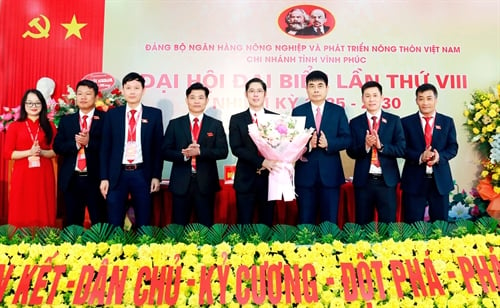

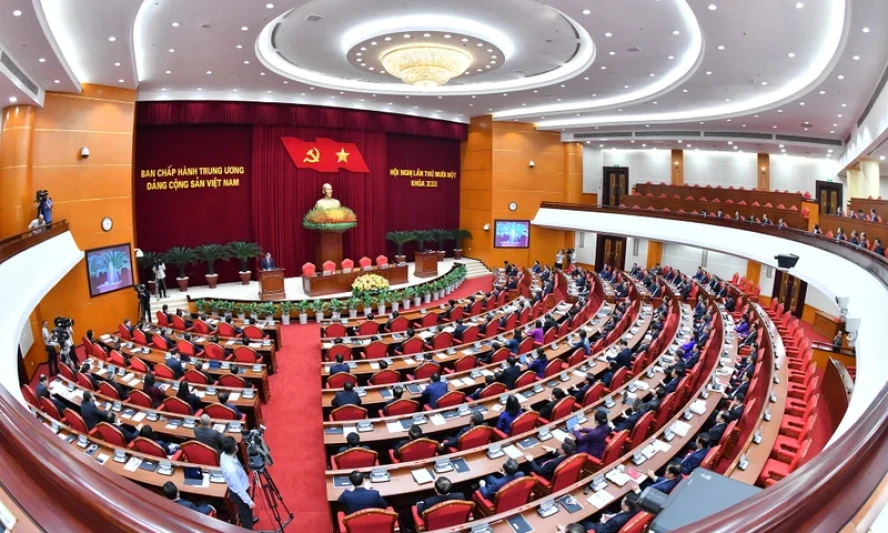














































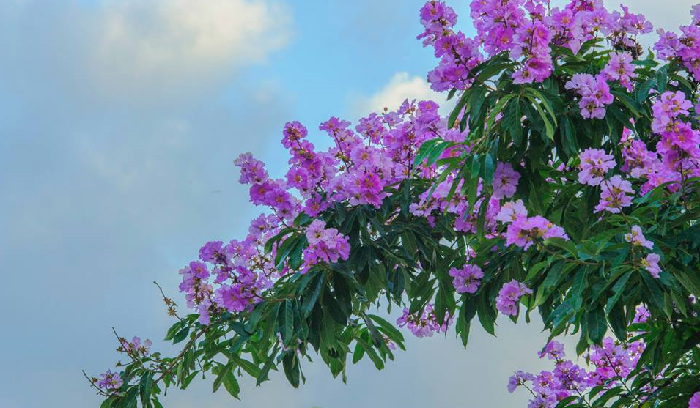



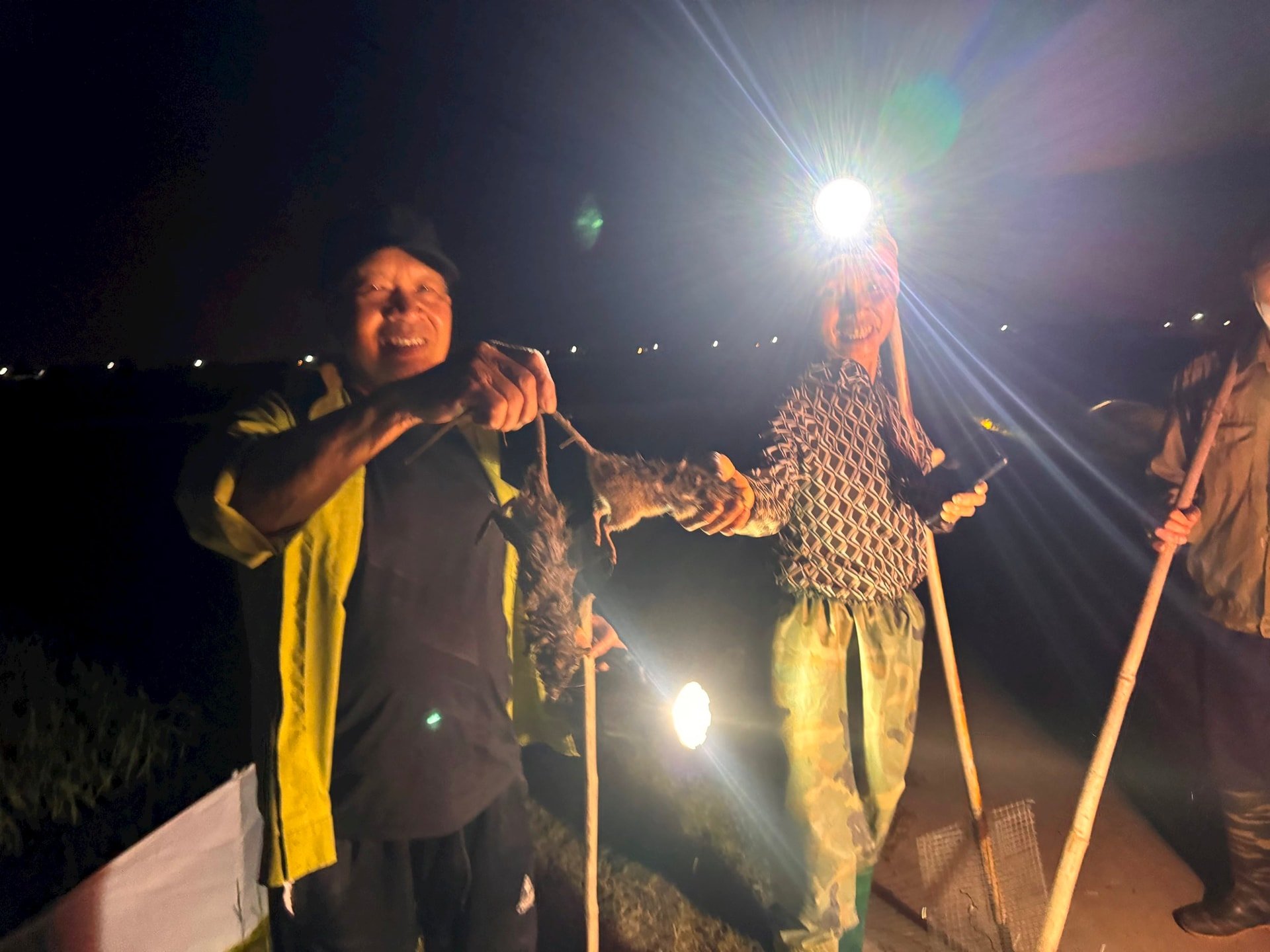











Comment (0)